Insulin was first used in the treatment of diabetes on this day, January 11 for the first time in 1922. On this occasion, we look at some groundbreaking events in medical history that benefited the world...
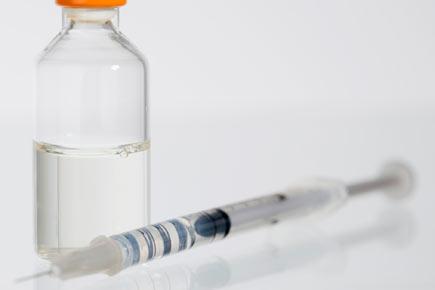
Insulin

Picture for representational purposes
Canadian physician Frederick Banting and medical student Charles H. Best are credited with the first medical success of insulin's use in the treatment of diabetes. Banting and Best developed insulin for human treatment with the help of Canadian chemist James B. Collip and Scottish physiologist J.J.R. Macleod.
ADVERTISEMENT
They were able to make a important breakthrough when 14-year-old Leonard Thompson, a boy suffering from type 1 diabetes, who was close to death bounced backed to life after getting injected with insulin. Banting and Macleod were awarded the Nobel Prize in Physiology or Medicine in 1923.
Other groundbreaking milestones in medicine...
The discovery of anaesthesia
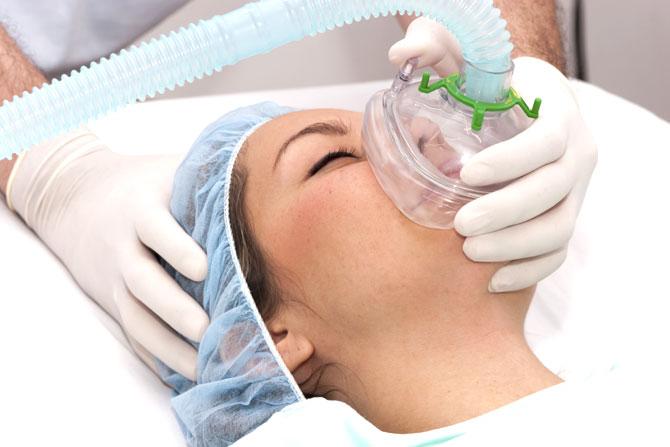
Anaesthesia. Pic for representational purposes
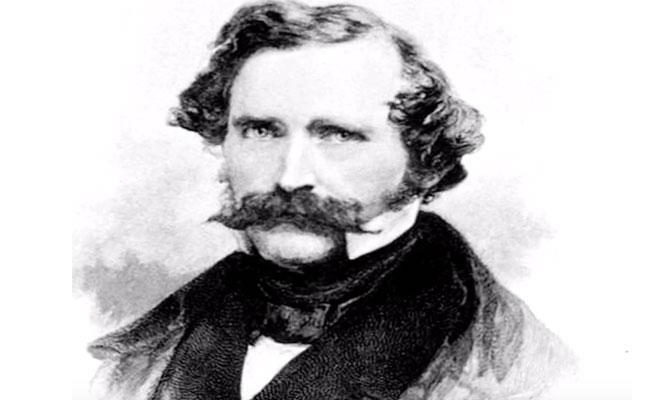
William Thomas Green Morton. Pic/YouTube
American dentist William Thomas Green Morton performed a painless tooth extraction after administering ether to a patient on September 30 of the same year. This inspired surgeon Henry Jacob Bigelow, who read a favourable news report of this account to invite him for the now-famous demonstration at the operating theater of the Massachusetts General Hospital, or MGH.
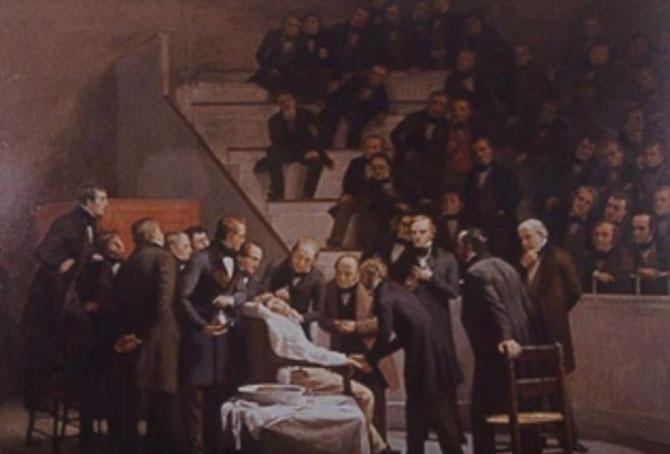
An illustration of the historic event. Pic/YouTube
Dr. John Collins Warren painlessly removed a tumor from the neck of a Mr. Edward Gilbert Abbott during the demonstration. The hospital's operation theatre was later renamed the Ether Dome after this event.
Morton used a special glass inhaler to administer the ether before the surgery. The discovery made it possible for patients to obtain the benefits of surgical treatment without the pain associated with an operation.
The term 'anesthesia' was suggested by physician and writer Oliver Wendell Holmes, Sr in a letter to Morton. He also urged him to call the procedure an 'anaesthetic'.

Morton had earlier used ether while performing a tooth extraction. Pic/YouTube
The first use of ether as an anesthetic is commemorated in the Ether Monument in the Boston Public Garden in Boston, Massachusetts and William Thomas Green Morton's life and work were later to become the subject of the 1944 film, 'The Great Moment'.
The smallpox virus was eradicted on this day, December 9 in 1979. It marks the first and to date only human disease to be driven to extinction.
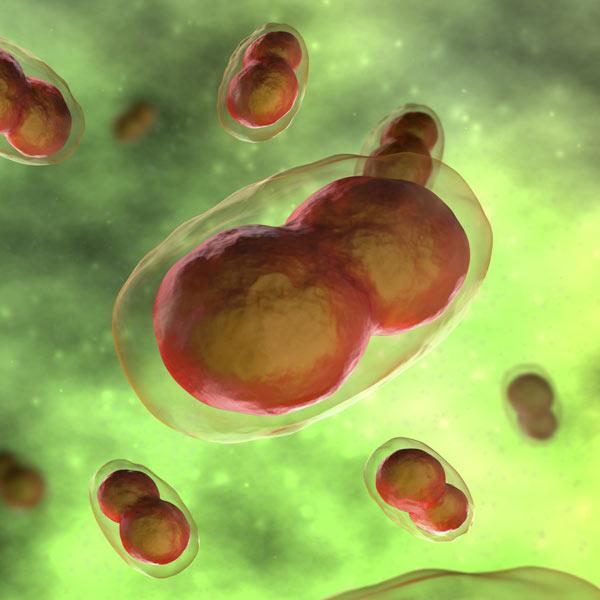
3D representation of the smallpox virus
Smallpox vaccine
English physician and scientist Edward Jenner introduced the smallpox vaccine, the first successful vaccine to be developed in 1798. He followed up his observation that milkmaids who had previously caught cowpox did not later catch smallpox by showing that inoculated cowpox protected against inoculated smallpox.
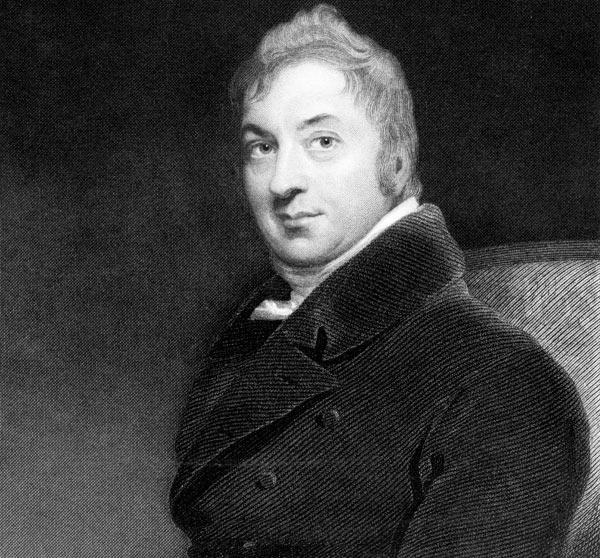
Edward Jenner
Smallpox was eradicated by a massive international search for outbreaks, backed up with a vaccination program, starting in 1967. It was organised and co-ordinated by a World Health Organisation (WHO) unit, set up and headed by Donald Henderson. The last case in the Americas occurred in 1971 (Brazil), south-east Asia (Indonesia) in 1972, and on the Indian subcontinent in 1975 (Bangladesh). After two years' of intensive searches, what proved to be the last endemic case anywhere in the world occurred in Somalia, in October 1977. A Global Commission for the Certification of Smallpox Eradication chaired by Frank Fenner examined the evidence from, and visited where necessary, all countries where smallpox had been endemic. In December 1979 they concluded that smallpox had been eradicated; a conclusion endorsed by the WHO General Assembly in May 1980.
HIV cured in baby for first time
In a breakthrough, a two-year-old baby girl in the US born with HIV has been "functionally cured" for the first time, scientists have said.

US Researchers said they believe early intervention, in this case within 30 hours of birth -- with three anti-viral drugs was key to the outcome.
A "functional cure" is when the presence of the virus is so small, life-long treatment is not necessary and standard clinical tests cannot detect the virus in the blood.
In-Vitro Fertilization (IVF)
One of the biggest breakthroughs in treating infertility came in 1978 when the first test tube baby was born with the process of In-Vitro Fertilization (IVF).

Representational picture
The biggest drawback of lVF was encountered in patients with low sperm counts. This was overcome in 1992 with the introduction of the new technique called Intra Cytoplasmic Sperm Injection (ICSI). Bloom IVF group introduced ICSI in 1996 and started an advanced centre at the Lilavati Hospital, Bandra in 1998. Since then the group has made hundreds of childless couples happy by gifting them, a priceless baby.
The X-ray machine
The X-ray machine was named the most important scientific invention, in a poll marking the centenary of the Science Museum in London. Discovered in 1895 by German physicist Wilhelm Röntgen it revolutionised how doctors detected disease and injury.

Representational picture
Röntgen discovered its medical use when he made a picture of his wife's hand on a photographic plate formed due to X-rays. The photograph of his wife's hand was the first photograph of a human body part using X-rays.
Katie Maggs, associate curator of medicine at the Science Museum, attributed the X-ray machine's popularity to the wide impact it has on people's everyday life, from the very first steps of a medical diagnosis to security control at airports.
Penicillin
Sir Alexander Fleming a Scottish biologist, pharmacologist and botanist discovered the antibiotic substance penicillin from the mould Penicillium notatum in 1928, for which he shared the Nobel Prize in medicine in 1945 with Howard Florey and Ernst Boris Chain. Fleming was the first to suggest that the Penicillium mould must secrete an antibacterial substance, and the first to concentrate the active substance which he named penicillin, but he was not the first to use its properties in medicine. Others involved in the mass production of penicillin include Ernst Chain, Howard Florey and Norman Heatley.

Representational picture
Penicillin antibiotics were among the first drugs to be effective against many previously serious diseases, such as bacterial infections caused by staphylococci and streptococci. Penicillins are still widely used today, though misuse has now made many types of bacteria resistant. All penicillins are β-lactam antibiotics and are used in the treatment of bacterial infections caused by susceptible, usually Gram-positive, organisms.
Several enhanced penicillin families also exist, effective against additional bacteria: these include the antistaphylococcal penicillins, aminopenicillins and the more-powerful antipseudomonal penicillins.
 Subscribe today by clicking the link and stay updated with the latest news!" Click here!
Subscribe today by clicking the link and stay updated with the latest news!" Click here!







